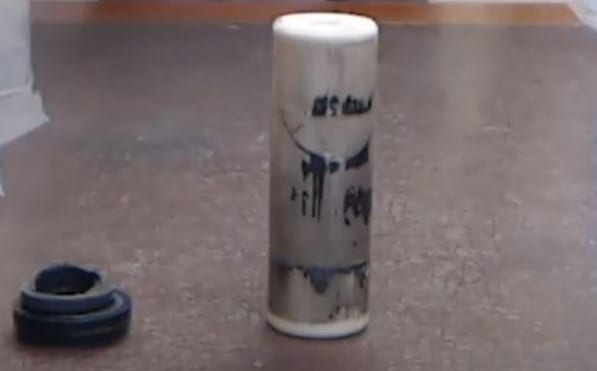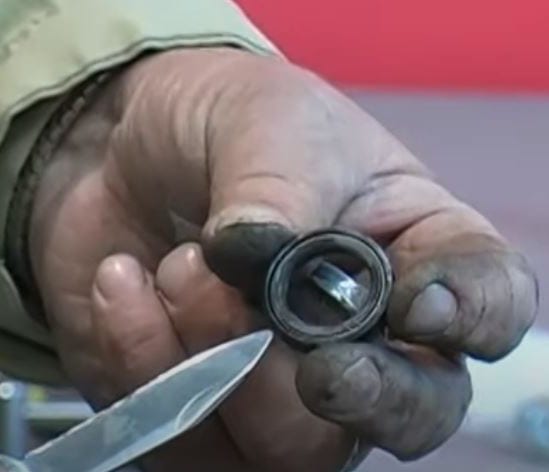“The Pumps with Nine Lives” is the CAT Pumps’ slogan. How do you get nine lives out of your pump? Kleen-Rite’s National Sales Manager, Gary Frey, gave us three tips to maximize each life when performing CAT plunger pump maintenance.
Tip 1: Conduct Preventative Maintenance
Parts wear out over time, resulting in poor performance and inefficiency. Conducting regular maintenance is vital to prevent problems and extend the life of your pump. CAT offers a preventative maintenance guide with information about typical part life spans. Use the wear guide to plan a periodic pump maintenance schedule.
When servicing CAT Pumps, recognizing that each part has different forms of wear is important. The presence of certain types of wear is an indicator of a specific problem. We hosted Master Class Webinar featuring Doug Fenton from CAT pumps. Doug discussed the different types of wear caused by problems in the pump to help you diagnose and fix the issue. He also provides information and tutorials that are useful for servicing various CAT models such as the 310, 5CP2120W, and the 3535.
As a general rule of thumb, check and replace high wear parts such as seals, O-rings, valves, and plungers. The manifold is a crucial part you need to check and replace if needed. Gary recommends scheduling maintenance on slower days to prevent downtime during your busiest days.
We have the largest selection of CAT Pumps parts on the web:
Kits available that group parts that should be replaced at the same time:
Tip 2: Use the Right Oil
A common question we hear is: What oil should I use with my CAT plunger pump?
Oil is crucial to pump operation. CAT recommends ISO 68 hydraulic oil because it contains additives combating wear, oxidation, rust, and corrosion. Unfortunately, manufacturers frequently change their oil formulas. As a result, Gary advises using only CAT Pumps branded oil during the warranty period.
After the warranty, Gary recommends 30 weight non-detergent oil. Change oil after every 500 hours of runtime. Including oil changes in your maintenance schedule is a necessity.
H3- Get Extra Authentic ISO 68 Non-Detergent 30 Weight Oil
Check out our CAT Pumps Oil category to purchase today!
Tip 3: Monitor Spray Tip Condition
Despite being overlooked, spray tips impact the service length of a pump. Worn spray tips cause your pump to work harder. Gary told us customers will see performance issues on their end when using a worn spray tip. Additionally, Gary recommended checking tips periodically for wear.
Common CAT Plunger Pump Problems and Repairs
The most prevalent issue is high-pressure seal wear. These seals include a stainless-steel backing that wears over time. Stainless steel becomes brittle and breaks off, which causes pulsating. Fix it by replacing the high-pressure seal.
The second problem is leaking. Try replacing the low-pressure seals first to stop the leak. If that doesn’t work, the high-pressure seals are probably the reason for the leak – replace them.
Properly maintaining your pump is essential to maximize its life. Follow Gary’s advice to keep your CAT 310, 5CP2120W, 3535, and other plunger pumps purring for years to come. CAT manufactures extremely durable pumps. How long your pumps last is up to you!




